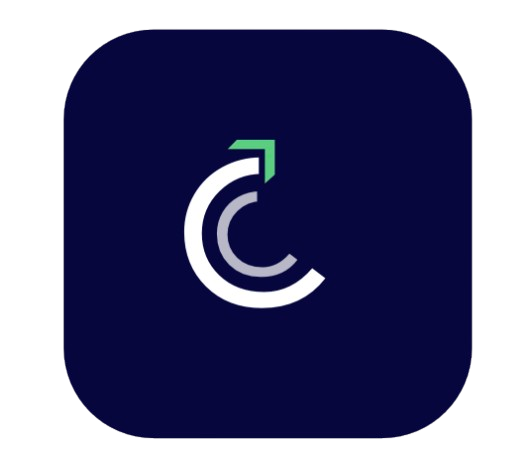29 Oct 2025
NPA Funding and OTS Settlement
When a business loan slips past 90 days of non-payment, the world shrinks quickly - calls get sharper, letters get sterner, and the threat of a SARFAESI auction becomes real, but with a calm plan that blends One-Time Settlement, Lok Adalat where appropriate, and timely NPA funding, Ahmedabad borrowers can still protect assets and reset their cash flows with dignity. In Gujarat’s fast-moving markets - textiles, chemicals, auto-components, this mix of npa settlement strategy and npa takeover finance is increasingly the difference between an avoidable loss and a workable restart.
What turns a loan into an NPA?
The rule is simple but unforgiving: if interest or principal stays overdue beyond 90 days, the account becomes a Non-Performing Asset, shutting doors to fresh exposure and accelerating recovery actions that can end in possession and auction of collateral. That’s why speed matters - if you act before timelines lock in under SARFAESI, you preserve leverage, choices, and the ability to propose a structured exit that your lender can accept without litigation.
One-Time Settlement that actually closes
An One-Time Settlement (OTS) isn’t a loophole; it’s a negotiated closure where banks accept a reasoned amount, waive agreed interest/charges, and issue a clean NOC once paid as per milestones. Courts have been clear: OTS isn’t a borrower’s entitlement, and banks can insist on eligibility criteria and upfront components - so a credible plan, realistic timelines, and evidence-backed submissions are essential to secure approval and keep the discount intact.
Reading the SARFAESI playbook like a pro
Under SARFAESI, the lender serves a demand notice; if dues aren’t cleared within the statutory period, they can move to possession under Section 13(4), appoint managers, and list the asset for auction, yet borrowers still have windows to represent, approach the DRT within time, and even settle during enforcement if funding is lined up. The pragmatic path in Ahmedabad has been to combine a bank-acceptable OTS with npa funding that pays the settlement before auctions crystallize, cutting short both uncertainty and cost.
Lok Adalat when speed and cost matter
Lok Adalat is the quiet workhorse of Indian dispute resolution - pre-litigation or pending matters get settled at zero court fee, decisions are binding, and smaller tickets in personal, MSME, or education loans can close in a single session if both sides show up prepared. For borrowers who need quick closure without a courtroom marathon, Lok Adalat creates space for practical waivers and realistic schedules that reflect actual cash flows rather than wishful spreadsheets.
NCLT and IBC for larger corporate stress
When exposures are large and stakeholders are many, the IBC framework via NCLT provides a structured, time-bound path that historically improved recovery compared to legacy channels, and current amendment moves continue to refine creditor-initiated processes while preserving business continuity where feasible. Across Gujarat’s manufacturing-heavy districts, choosing between IBC, bilateral OTS, or hybrid restructuring depends on scale, viability, and how quickly consensus can be built among creditors.
The quiet power of npa takeover and npa funding
Specialist lenders now step in with npa funding that pays the bank directly under OTS or negotiation, replacing the liability with structured EMIs, short moratoriums, and cash-sweep features designed around your working capital cycle, seasonality, and receivables reality. In Ahmedabad, where a quarter can make or break a textile season or export order, this “fund-now, normalize-soon” approach has helped borrowers stop enforcement and get back to operating discipline faster than generic restructuring.
A clear, practical seven-step path
1.) Act early: if you’re in SMA buckets, move before day 90 to keep options wide and avoid an NPA tag.
2.) Gather proof: current financials, receivables ageing, collateral valuations, and a turnaround plan that stands up to scrutiny.
3.) Pick your forum: Lok Adalat for smaller, quick closures; OTS plus funding for mid-market cases; IBC for complex corporate distress.
4.) Negotiate with facts: align proposals to bank OTS policies - terms, upfronts, and timelines drive meaningful waivers and acceptance.
5.) Secure capital: line up OTS-linked npa funding to meet milestones and prevent SARFAESI auctions or adverse DRT orders.
6.) Close cleanly: get the NOC, ensure bureau updates, and re-paper facilities with covenants that you can actually meet in real markets.
7,) Stay disciplined: tighten collections, forecast conservatively, and report consistently so the account remains healthy post-settlement.
Why this works in Ahmedabad and across Gujarat?
This ecosystem - ots finance loan, npa funding, Lok Adalat, SARFAESI defensives, and IBC when needed, matches the real risk profile of industries here: price cycles, receivable shocks, and project timing risks that don’t make a business unviable, just temporarily stretched. With the right partner, you can turn a tough quarter into a controlled reset, not a forced sale.
Where execution meets capital?
Credit Curators brings lender-side negotiation, ots scheme alignment, and ready npa funding or npa takeover to the same table, so the settlement you negotiate is the settlement you actually pay - on time, documented, and closed in the bank’s core system. That combination strategy that lenders accept plus timely funds, consistently shifts outcomes from distress to recovery within a single operating cycle.
 Credit Curators
Credit Curators